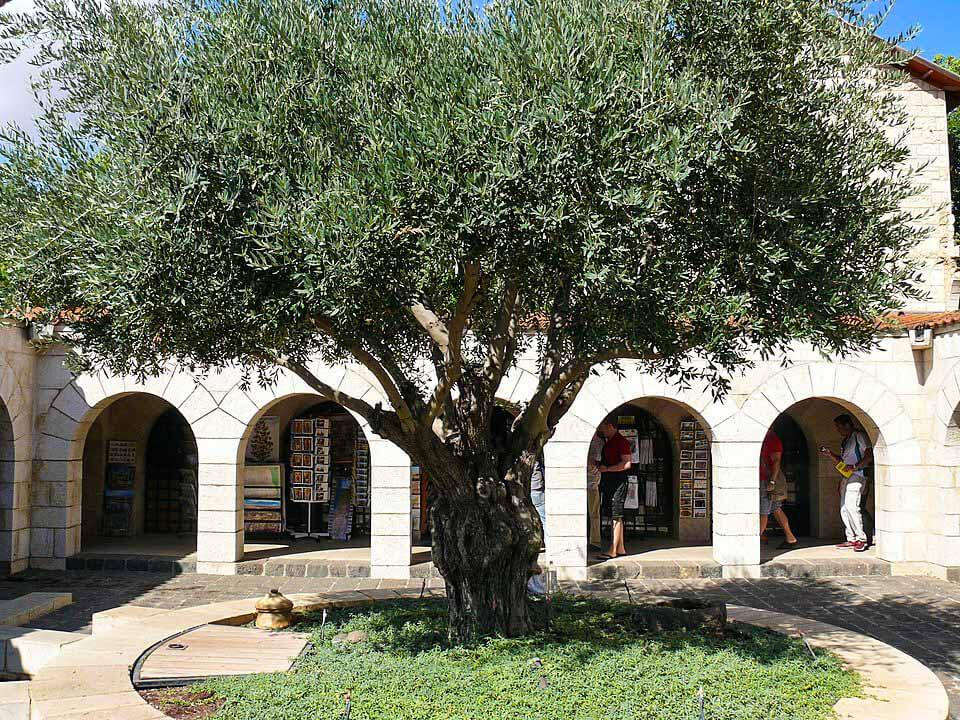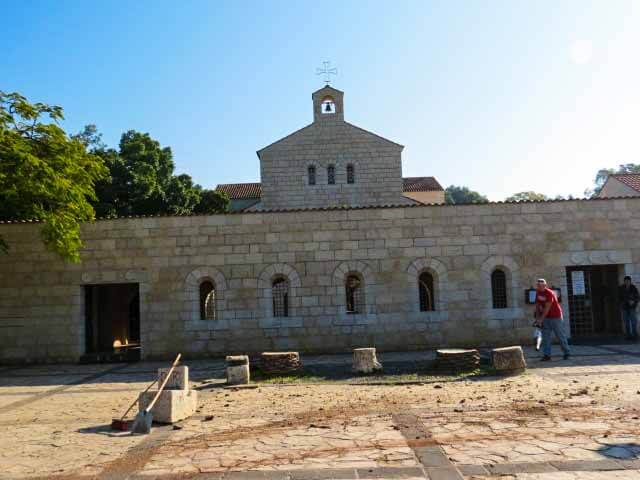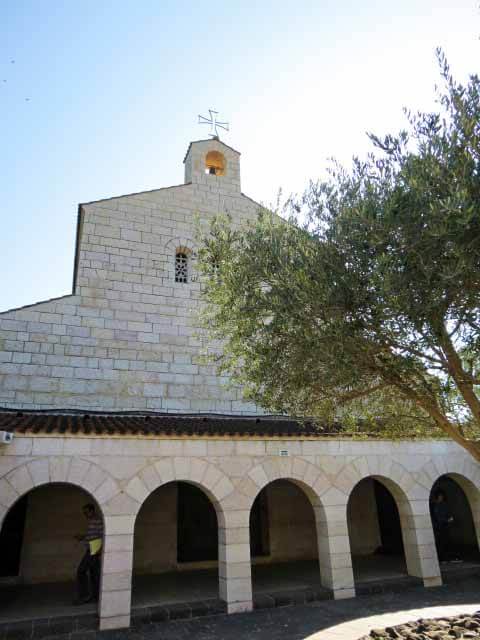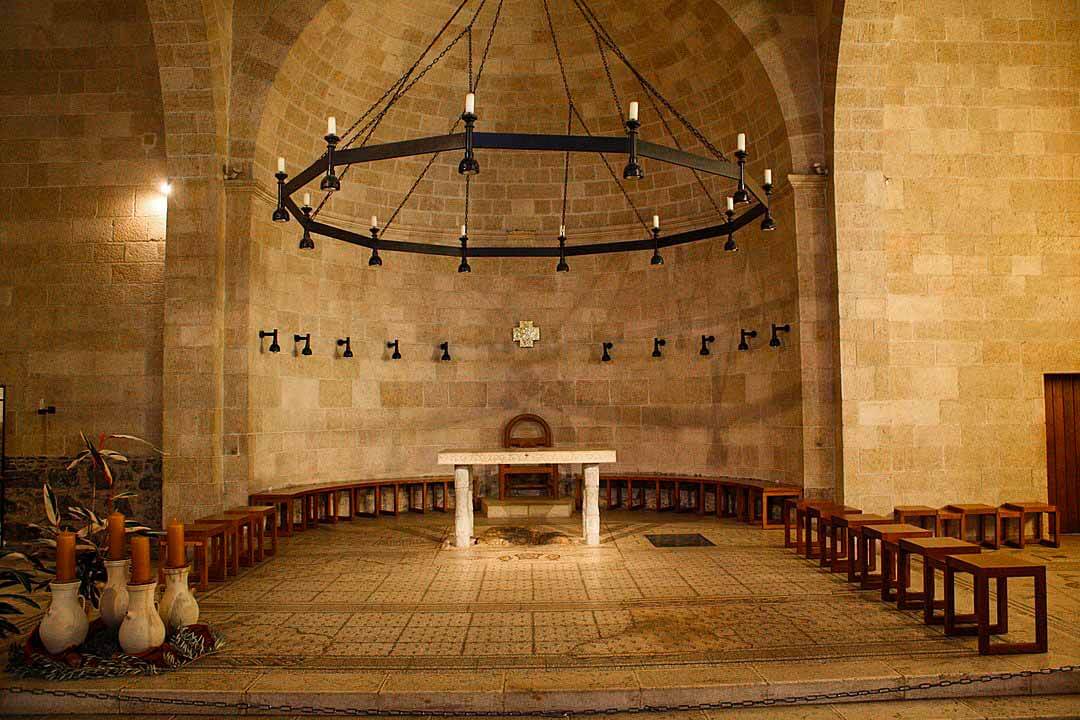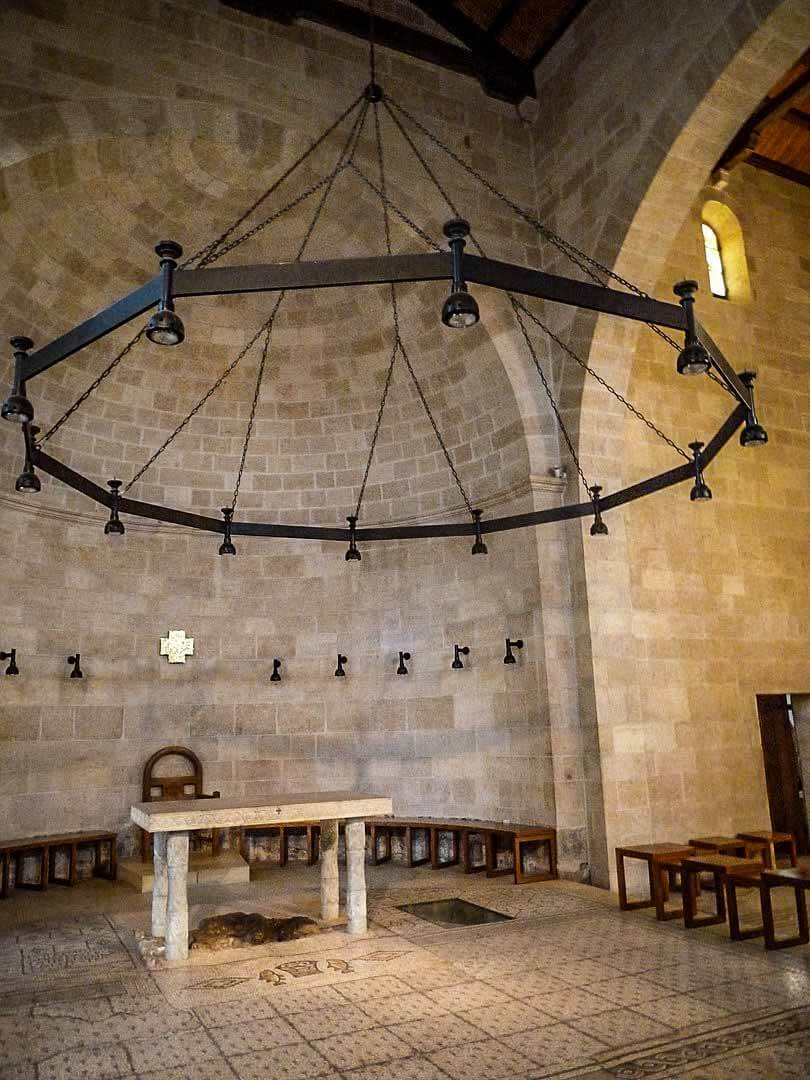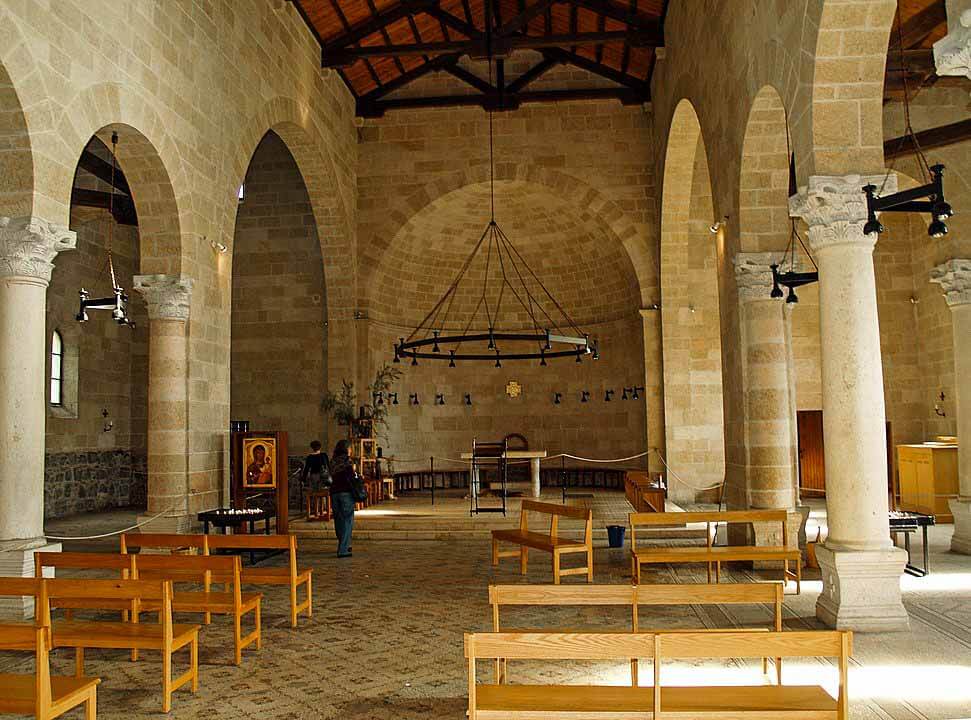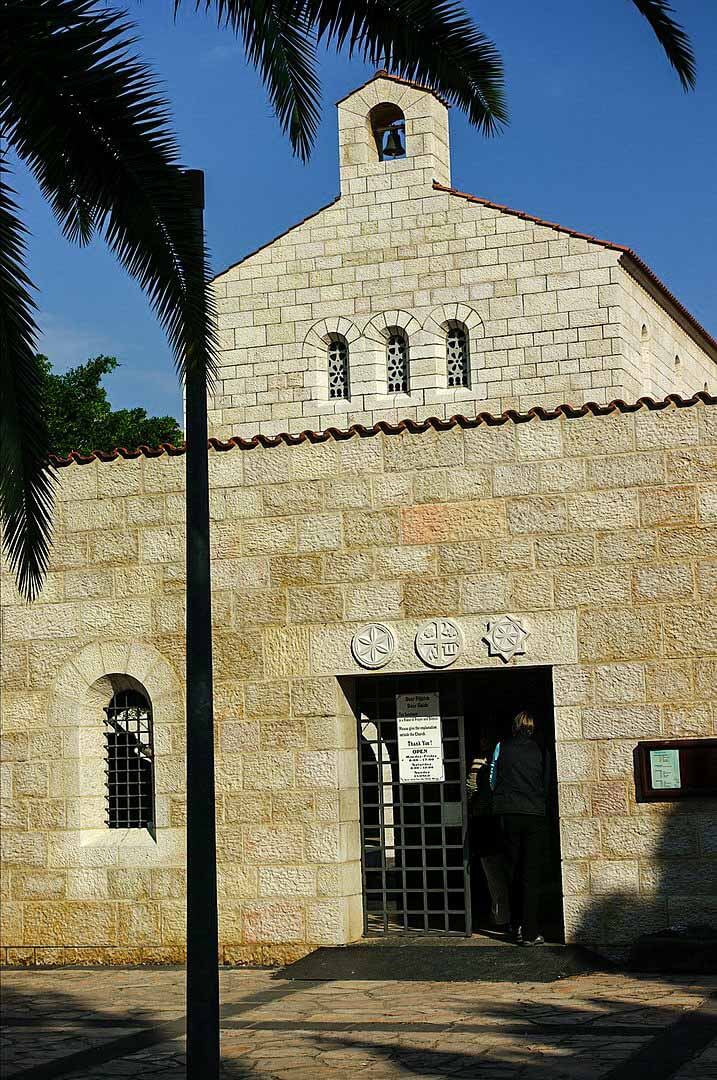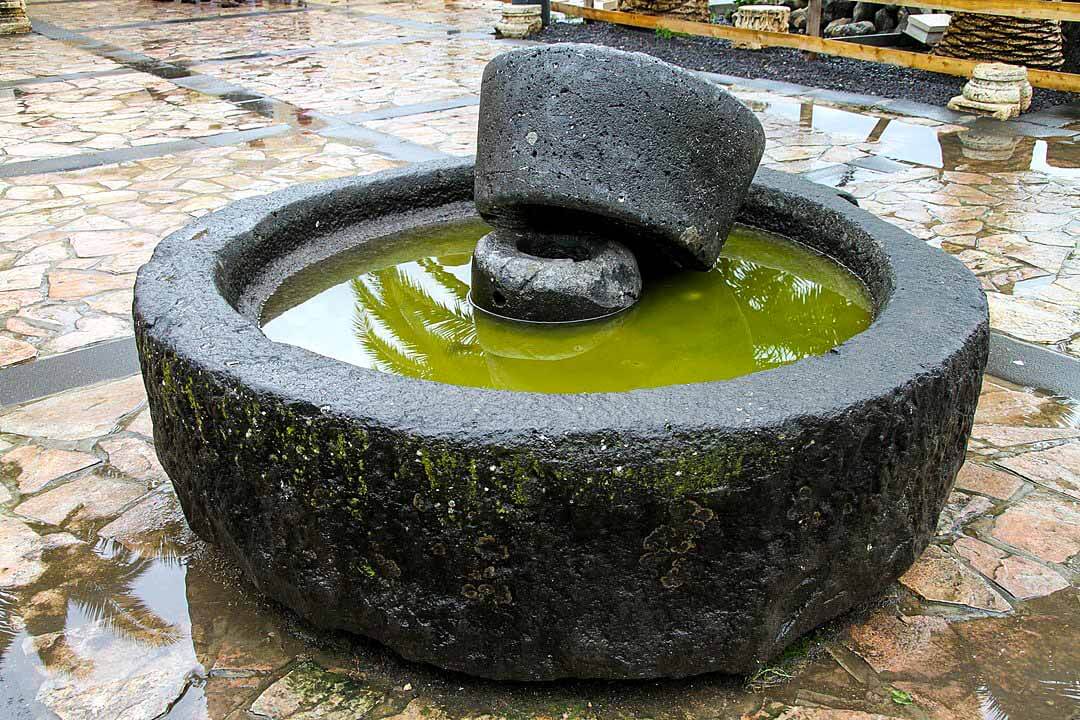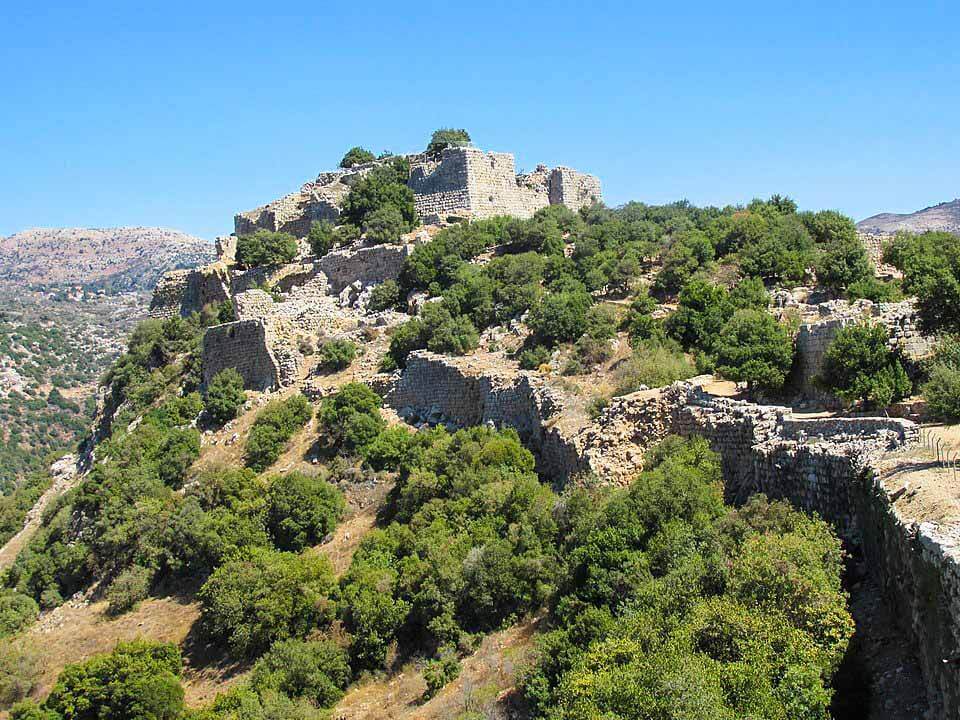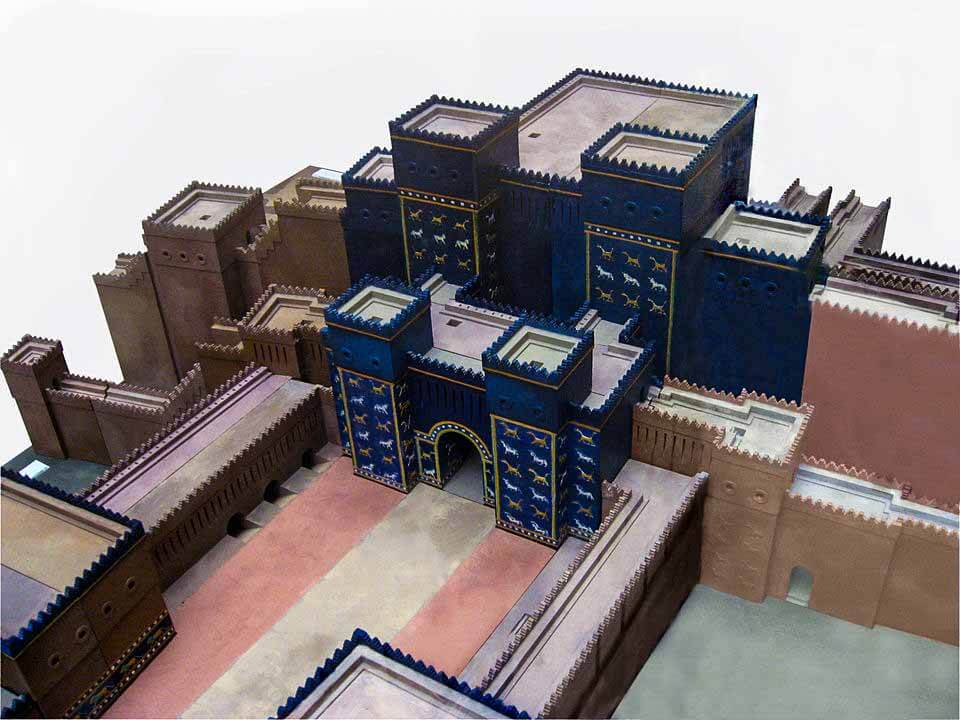Tabgha, Israel Occupied Palestine
Coordinates: 32.873534, 35.549168
Feeding the multitude is a term used to refer to two separate miracles of Jesus reported in the Gospels.
The first miracle, the “Feeding of the 5,000”, is told by all four gospels (Matthew 14-Matthew 14:13-21; Mark 6-Mark 6:31-44; Luke 9-Luke 9:12-17; John 6-John 6:1-14).
The second miracle, the “Feeding of the 4,000”, with seven loaves of bread and fish, is reported by Matthew 15 (Matthew 15:32-39) and Mark 8 (Mark 8:1-9), but not by Luke or John.
At this spot Hz. Isa عليه اسلام performed the first miracle, the miracle of multiplication of two fishes and five loaves to feed 5000 people, at this site near the sea of Galilee.
The rock placed in the church beneath the altar is the rock on which it is believed Hz. Isa عليه اسلام placed the loaves and fish when he blessed them.
The Feeding of the 5,000 people
The Feeding of the 5,000 is also known as the “miracle of the five loaves and two fish”.
Christian tradition reports that Hz. Isa عليه اسلام used five loaves and two fish supplied by a boy to feed a multitude. When Hz. Isa عليه اسلام heard that Hz. Yahya عليه اسلام had been martyred, he withdrew by boat privately to a solitary place.
Some say that place was near Bethsaida. The crowds followed Hz. Isa عليه اسلام on foot from the towns. When Hz. Isa عليه اسلام landed and saw a large crowd, he had compassion on them and healed their sick.
As evening approached, the disciples came to him and said, “This is a remote place, it’s already getting late. Send the crowds away, so they can go to the villages and buy themselves some food.”
Hz. Isa عليه اسلام said that they did not need to go away, and therefore the disciples were to give them something to eat.
They said that they only had five loaves and two fish, which Hz. Isa عليه اسلام asked to be brought to him.
Hz. Isa عليه اسلام directed the people to sit down in groups on the grass.
The crowds sat in groups of 50 and 100.
Taking the five loaves and the two fish and looking up to Heaven, he gave thanks to Allah and broke them.
Then he gave them to the disciples, and the disciples gave them to the people.
They all ate and were satisfied, and the disciples picked up twelve baskets full of broken pieces that were leftover.
The number of those who ate was about five thousand men, beside women and children.
In some text, the multitude has been attracted around Hz. Isa عليه اسلام because of the healing works he has performed, and the feeding of the multitude is taken as a further sign that Hz. Isa عليه اسلام was the real prophet of Allah.
The Church of the Multiplication in Tabgha is the site where many Christians believe the feeding of the five thousand to have taken place.
The Feeding of the 4,000
The Feeding of 4000 is a different miracle performed by him.
This story, which appears only in Mark and Matthew gospel, is also known as the miracle of the seven loaves and fish used by Hz. Isa عليه اسلام to feed a multitude.
A large crowd had gathered and was following Hz. Isa عليه اسلام.
Hz. Isa عليه اسلام called his disciples to him and said: “I have compassion for these people; they have already been with me three days and have nothing to eat. I do not want to send them away hungry, or they may collapse on the way.”
His disciples answered: “Where could we get enough bread in this remote place to feed such a crowd?” “How many loaves do you have?” Hz. Isa عليه اسلام asked. “Seven,” they replied, “and two fish.”
Hz. Isa عليه اسلام told the crowd to sit down on the ground. Then he took the seven loaves and the fish, and when he had given thanks to Allah, he broke them and gave them to the disciples, and they in turn to the people.
They all ate and were satisfied. Afterwards, the disciples picked up seven basketfuls of broken pieces that were leftover.
The number of those who ate was four thousand men, besides women and children.
After Hz. Isa عليه اسلام had sent the crowd away, he got into the boat and went to the vicinity of Magadan
Tabgha
Tabgha is an area situated on the north-western shore of the Sea of Galilee in Israel. It is traditionally accepted as the place of the miracle of the multiplication of the loaves and fishes happened. Between the Late Muslim period and 1948, it was the site of a Palestinian Arab village.
Note: Some of the information in this article comes from Christians sources.


